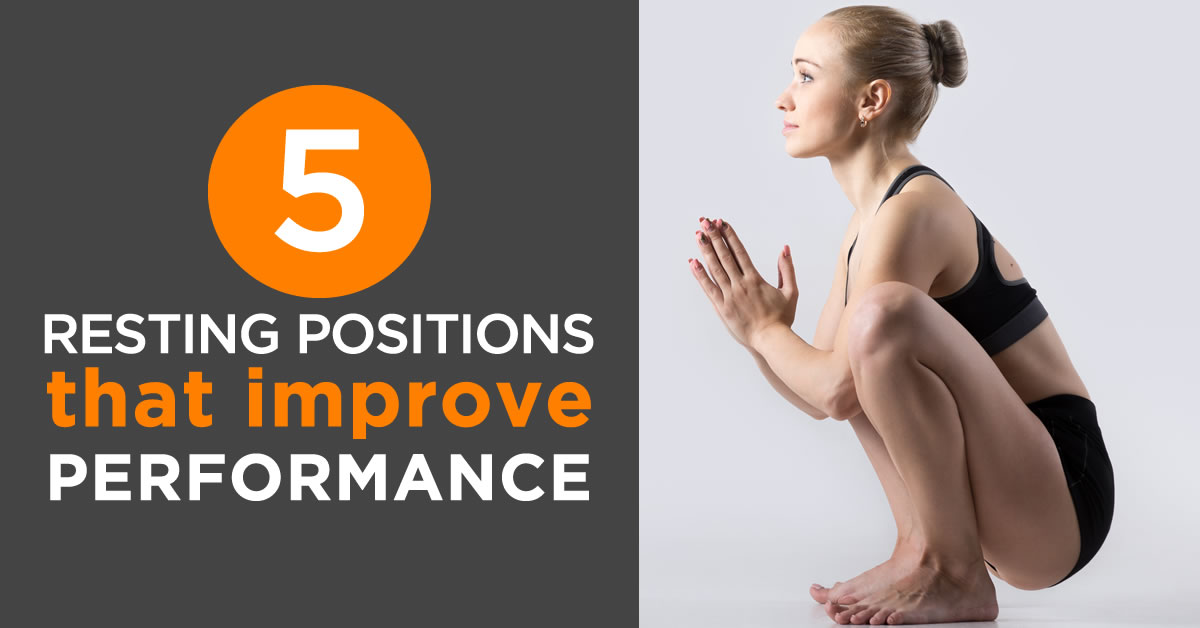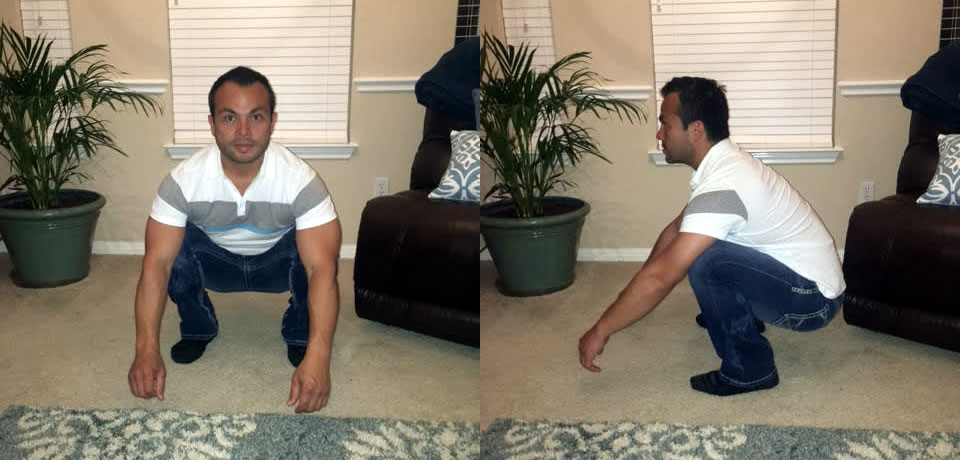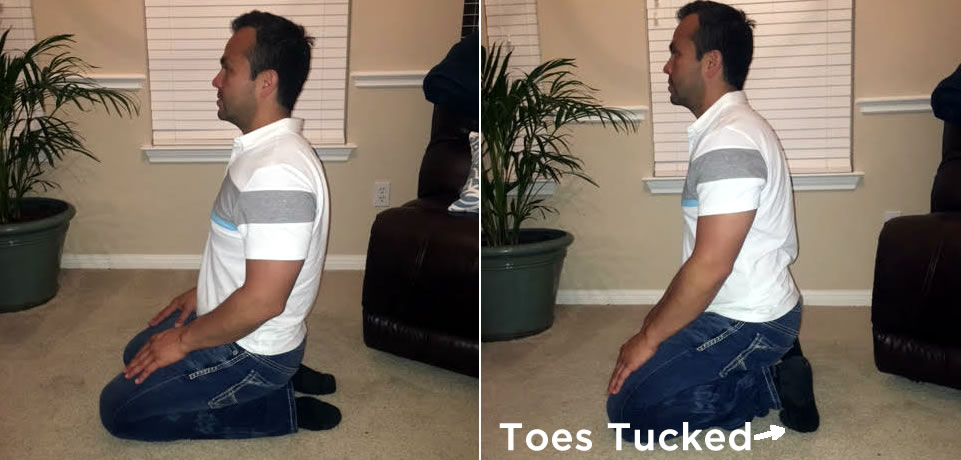I can teach you all about rehab and mobility techniques, exercises that can improve endurance or strength, but the reality is, if you want to improve performance- you need to learn how to rest. There are two sides of fitness and performance – working OUT (exercise) and working IN (rest and recovery).
And just like any piece of high performance machinery, your body requires regular tune ups. The good news is that we all come upgraded with our own self-tuner (the brain), yet all the “self-tuning” depends on the type of daily programming (movement and stimulation of the spine) that many of our “tuners” are out of whack.
Your brain's ability to “self-tune” the body is directly related to the amount of lifting, pushing, pulling, running and jumping that you do on a daily basis. You are hardwired for it. And unfortunately, most of us have decided to spend our entire waking life in a chair, looking through an endless time sucking vacuum of a computer screen with the occasional break for smart phone screen snacks.
The Body Is a Self-Tuning Instrument
Over the last several hundred years our knowledge of structural and functional anatomy has taught us how complex the human body is. And like any complex system, it has developed self-correcting mechanisms over time. But when a system isn’t allowed to self-correct, problems arise. Individual elements become overused, and we see things like low back pain pop up like weeds. (http://www.bprclinrheum.com/article/S1521-6942%2810%2900088-4/abstract)
“These are natural positions for the human animal. If your body doesn't work the way a body should, movement will suffer.”
Complex systems crave variety. This is why doing the same exercises over and over is never a good thing for you. If you want your brain to work at its best; you need to push yourself; you need a bit of manageable disorder. Changing up your habits and patterns can have huge benefit for the health of a system. For the human system, something as simple as sitting on the floor can be just the change we need.
5 Resting Positions that Improve Performance
If you think about it… our entire course of history from evolution and development to the epic quests of conquering land and leaving the planet can be seen as a rise from the ground to vertical. Standing up. Rising. Planting our feet and pressing ourselves upward is the mission. What we haven’t explored, is how super-simple and effective it is to incorporate ground time in your day-to-day life to also improve performance.
I argue that floor sitting requires no additional time in your day and yes – you can do it at work. This practice requires no change in your day to day activities including: reading, eating, watching Netflix, typing up TPS reports or studying. Floor sitting integrates seamlessly into your time outside the gym with amazing benefits to joint health. Even miniscule changes in body position create a change in joint loading. (http://www.hindawi.com/journals/tswj/2012/184016/)
So let’s dig in and get grounded shall we? The next five resting positions I’m about to show you are called “archetypal postures” because they’re seen in cultures across the globe. They’re an inherent component of natural human rest. Hint: This means they’re likely genetically good for your auto-tuner (brain).
1. Squatting
Anyone who is my patient knows that I talk squats all the time. A squat is a fundamental building block of human movement. The full squat puts the legs in the unique position of triple flexion: flexing the ankles, knees, and hips. This brings length to some of the most overworked muscles in the body. Ideally the squat is done with feet facing forward, heels close to the ground, and knees tracking toes without collapsing into the arches of the feet.
This position may prove to be difficult for some of you if you’re out of practice, so approach it slowly. Of course, damaging pain (burning, tearing, shooting pain) is never a good sign. Start by easing into the position, using as much padding or propping with pillows as needed. You may need to hang on to an object for additional support. The key here is to give your body permission to release into the position. Be mindful of the small improvements you can make with ankle flexion, knee flexion and hip flexion, and you’ll find your squat getting better and better over time.
2. Kneeling
Kneeling gives the body a huge number of options to explore. You can kneel low or tall, with toes tucked under (to stretch your calves) or pointed behind you (to stretch your tibialis anterior). These positions are found fairly often outside of Western cultures, but again, if your body is unaccustomed to this range of motion or posture, you’ll have a relearning curve.
Some individuals will need padding under the butt to rest comfortably (particularly if the quads have excess tension cause you never foam roll like I ask you too!). If your knees are sensitive, make sure to pad beneath them as well. From kneeling, you can easily find the fold up position (or child’s pose) to bring more length to the back in global, whole-spine flexion.
3. Long Sitting
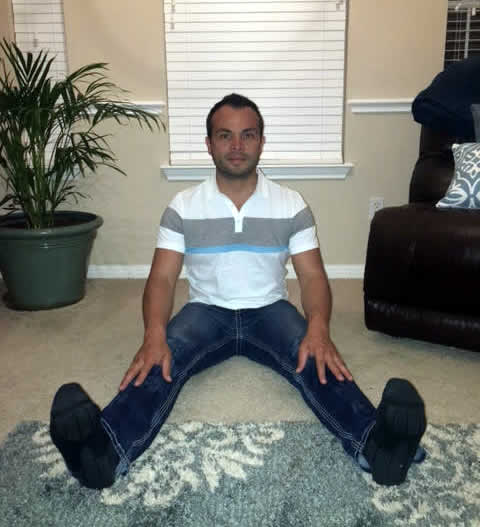
ischial tuberosities, those bony bumps beneath the pelvis or in your butt. Often people will find that they collapse here and rest on the tail bone. If this is the case, simply prop the pelvis a bit higher and let gravity do its thing. Explore this position with both legs out, or one leg tucked in.
4. Cross-Legged
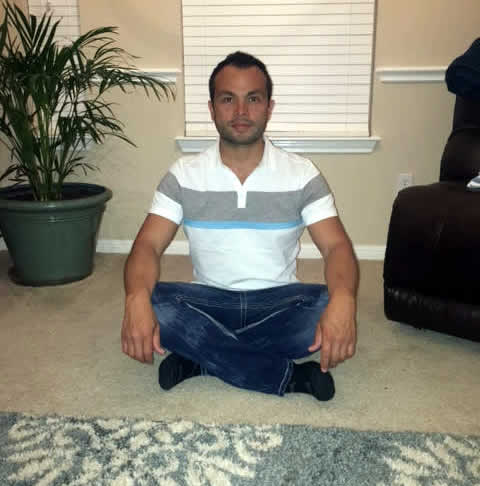
So if you sit like this and you find that your knees are moving up: give the knees some support to release into. From cross-legged you may explore the tailor’s posture, with the soles of both feet together and knees out to the sides.
5. Side Sitting
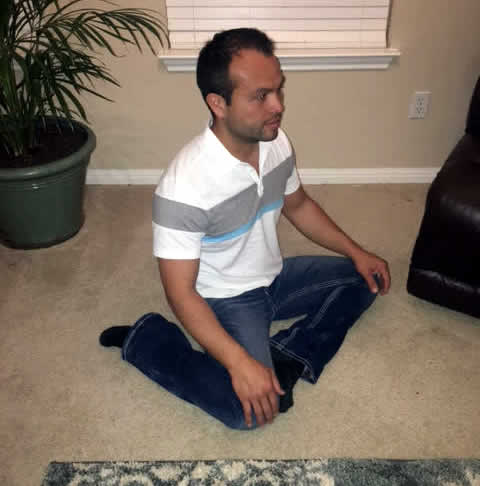
Pay close attention to differences as you switch from one side to the other to determine what side you may need to work extra on.
In closing….
This is by no means an exhaustive list of resting positions, but it gives you a few things to sink your butt into. If your body doesn’t work the way a body should, movement will suffer. If your movement is suffering, then you need to do something about it- and it may include how you rest throughout the day. So it shouldn't be a surprise when I say that a simple way to improve your movement is to rest better. Use these resting positions to tap into the body’s natural ability to tune itself.

